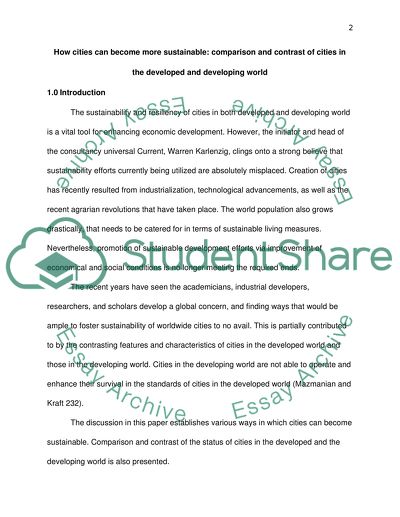Cite this document
(“How can cities become more sustainable Compare and contrast cities in Essay”, n.d.)
Retrieved from https://studentshare.org/environmental-studies/1416280-how-can-cities-become-more-sustainable-compare-and
Retrieved from https://studentshare.org/environmental-studies/1416280-how-can-cities-become-more-sustainable-compare-and
(How Can Cities Become More Sustainable Compare and Contrast Cities in Essay)
https://studentshare.org/environmental-studies/1416280-how-can-cities-become-more-sustainable-compare-and.
https://studentshare.org/environmental-studies/1416280-how-can-cities-become-more-sustainable-compare-and.
“How Can Cities Become More Sustainable Compare and Contrast Cities in Essay”, n.d. https://studentshare.org/environmental-studies/1416280-how-can-cities-become-more-sustainable-compare-and.


